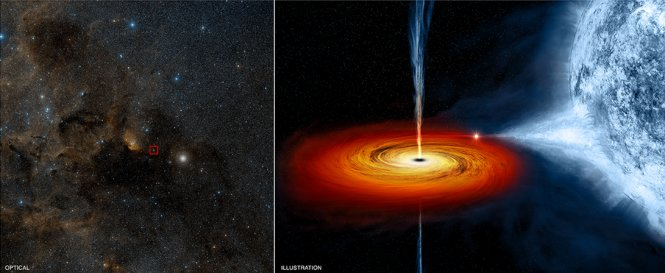
When Neil Armstrong, Buzz Aldrin, and Michael Collins returned from space after the Apollo 11 moon landing, they were immediately placed into a quarantine. This was the first manned mission to the moon, and the scientists weren’t sure if there would be any dangerous particles on the moon that the astronauts might bring back to Earth. In fact, the astronauts were surprised at how much moon dust stuck to the mission components. The regolith “went everywhere and attached itself to everything in sight.” Nobody was positive how toxic the dust would be, so to be 100 percent safe, the astronauts were placed into quarantine.
The secondary reason for the astronaut quarantine was due to the possibility of alien microbes attached to the dust. Nobody was sure if there was any life on the moon yet. Extremophile bacteria had already been observed surviving in environments similar to space, so it is not too outlandish to suggest that microbes could survive on the moon. It is also technically possible that these microbes could make it back to Earth on an astronaut. So, the quarantine is designed to protect people from any possibly dangerous microbes as well as protecting the possible microbes themselves so that they may be studied.









